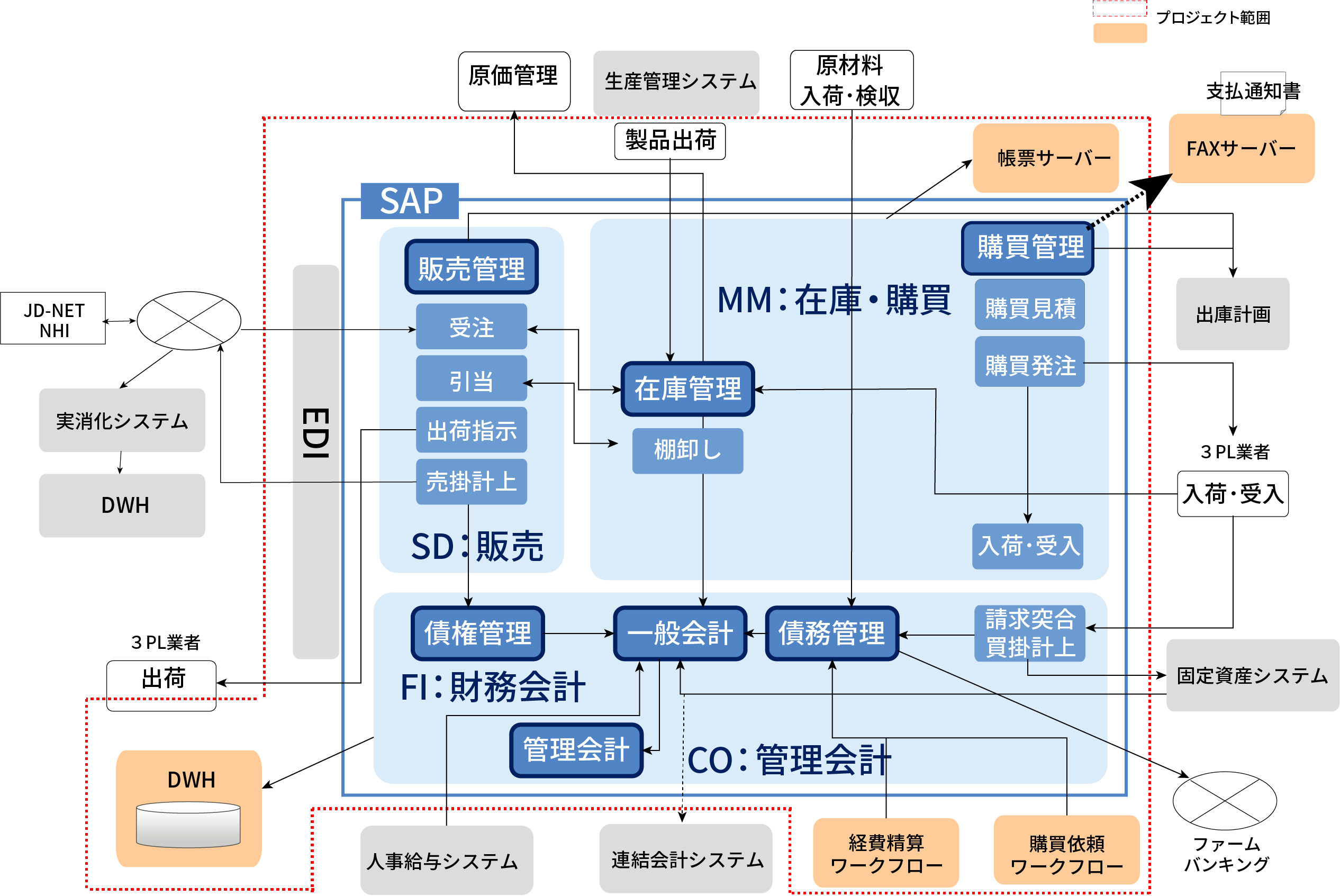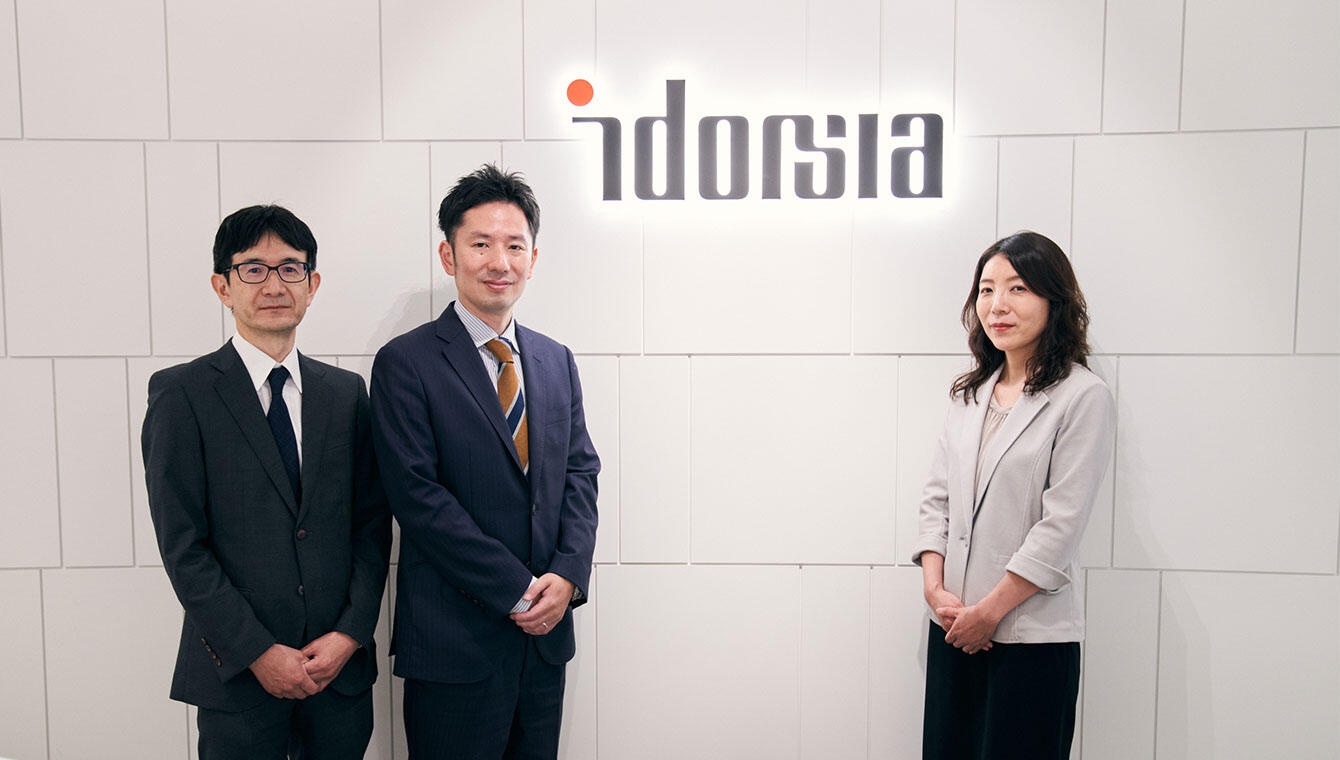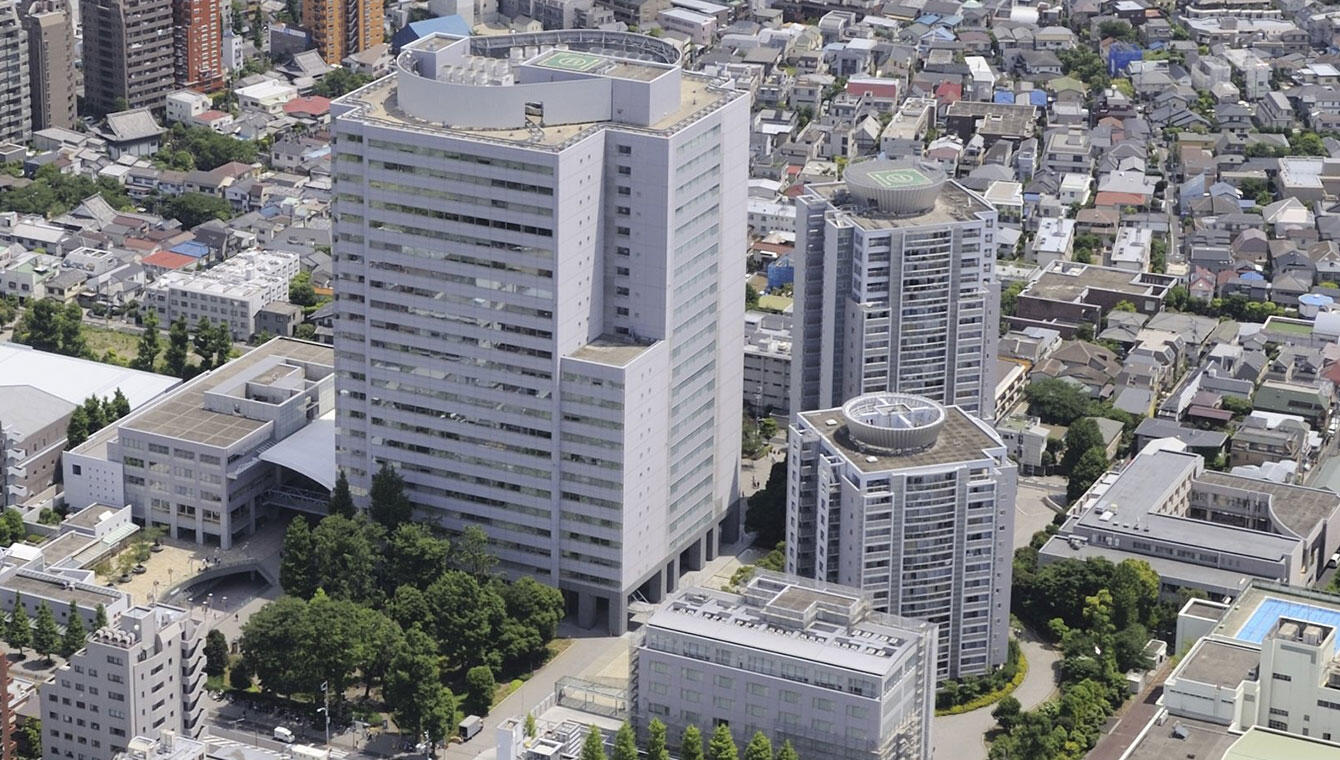Challenges
- Building a system infrastructure that can flexibly respond to changes in the external environment (legal system compliance)
- Establishment of an integrated management business platform based on a new accounting system (system renewal)
- Business optimization (business process reform)
Implemented Products/Solutions
SAP ERP 6.0, Template for Pharmaceutical Industry “B-EN-Gp”
Project Background
KAKEN PHARMACEUTICAL CO., LTD., which specializes in areas such as orthopedic surgery, dermatology, and internal medicine, has been operating host systems for over 30 years. However, as the business environment changed and user demands changed, knowledge of the system became individualized, and it was determined that there were limits to what could be done by modifying host computer programs. Furthermore, at the time, the company had to deal with IFRS (International Financial Reporting Standards), which was about to come into effect, and strengthen internal controls.
Therefore, regarding the business reform themes:
- Unification of payment and deposit operations
- Unification of order processing
...the company began efforts to optimize business operations across the company by reviewing business processes related to accounting, purchasing, and sales, and introducing new systems.
Reason for Solution Selection
This initiative, named the KAIS (Kaken Accounting Information System) Project," aimed to introduce the system in a short period of time, and a policy was set from the beginning to use packaged products. Multiple packaged solutions were reviewed, and B-EN-G's Template for the Pharmaceutical Industry, "B-EN-Gp," was also a candidate.
Since this template already reflects the characteristics of the pharmaceutical industry as standard functions, we evaluated the fact that the add-on development man-hours can be suppressed and the introduction cost can be minimized, and decided to introduce this template.
System Overview
The scope of SAP ERP implementation was general accounting (FI), management accounting (CO), inventory and purchasing management (MM), and sales management (SD).
The basic policies of the project implementation were to "maximize the use of SAP functions," "pursue standardization and cost reduction through overall optimization," and "implement a safe and secure system that does not disrupt business operations. For internal documents that were "good if available," data was transferred from the ERP to the information analysis system (DWH), and the data was then sent out from the DWH to the individual in charge of the project. In addition, ERP and workflow have been linked to strengthen internal control.
The company is responsible for the development of these peripheral systems and also operates them. Based on this development philosophy, add-ons to B-EN-Gp were limited to only a few functions, and both cost and schedule were in line with initial expectations when the system went into operation.
■KAIS Project Scope

B-EN-G as an Implementation Partner
Yukio Sekimoto, General Manager of the Information Systems Department, commented, "The most significant achievement of the project was that we were able to complete the development on schedule, even though it was absolutely necessary to start the system in April 2012, when the fiscal year was scheduled to change over. B-EN-G's consultants have a wealth of experience in implementing systems in the pharmaceutical industry and were easy to talk to and communicate with regarding business operations.
The basic policy for project execution also includes "preparation for in-house maintenance production."
SAP operations will be gradually transferred from B-EN-G to the company in the future.
Implementation Results
With the introduction of B-EN-Gp, data exchange with JD-NET has become smoother, and the synergistic effect of business process reforms and systems has improved business efficiency and speed in various aspects.
- Order-receiving operations that used to be carried out at eight branches across the country have been centralized at the head office, and the processing has been changed to a small number of people.
- Accounting management and accounts receivable management are integrated into the head office, making it possible to grasp financial information in real time.
- 70% reduction as a result of reviewing the forms from scratch
- In sales management, aggregation and analysis are now possible from the next day to processing in a short time.
- Unifying the purchasing order flow for pharmaceuticals and agrochemicals improves operational efficiency. Additionally, accounts payable information has changed from monthly aggregation to real-time understanding.
One year has passed since the system went into operation, and there are high expectations for the use of the accumulated data in the future.
Case study company introduction
| Company Name | Kaken Pharmaceutical Co., Ltd. KAKEN PHARMACEUTICAL CO.,LTD. |
| Founding | March 1, 1948 |
| Head office location | Bunkyo Ward, Tokyo |
| Business Activities | Manufacture and sale of pharmaceuticals, medical equipment, agricultural chemicals, feed additives, and veterinary medicines, and real estate rental |
| Company website | https://www.kaken.co.jp/ |
*Please note that organization names, positions, numerical data, etc. in the article are based on the time of the interview and may have changed by current viewing.
Related Solutions
Relevant information and case studies based on solutions presented above.
Related Case Studies

Sakamoto Yakuhin Kogyo Co., Ltd.
Manufacturing Execution System Specialized for the Pharmaceutical Industry: PAS-X MES Case Study
Medicine
SCM Execution & Improvement
Pharmaceutical & Medical Device Industries

Nippon Cargo Airlines Co., Ltd.
Aiming to Shift to High-Value-Added Businesses: A Case Study of Accounting System Restructuring with RISE with SAP
Logistics
ERP
SAP

Nxera Pharma Japan Co., Ltd. (Formerly Idorsia Pharmaceuticals Japan Ltd.)
Compatible with Global Requirements: Case Study of a Project to Build a Sales Management System Compatible with JD-NET
Medicine
ERP
Pharmaceutical & Medical Device Industries
SAP

